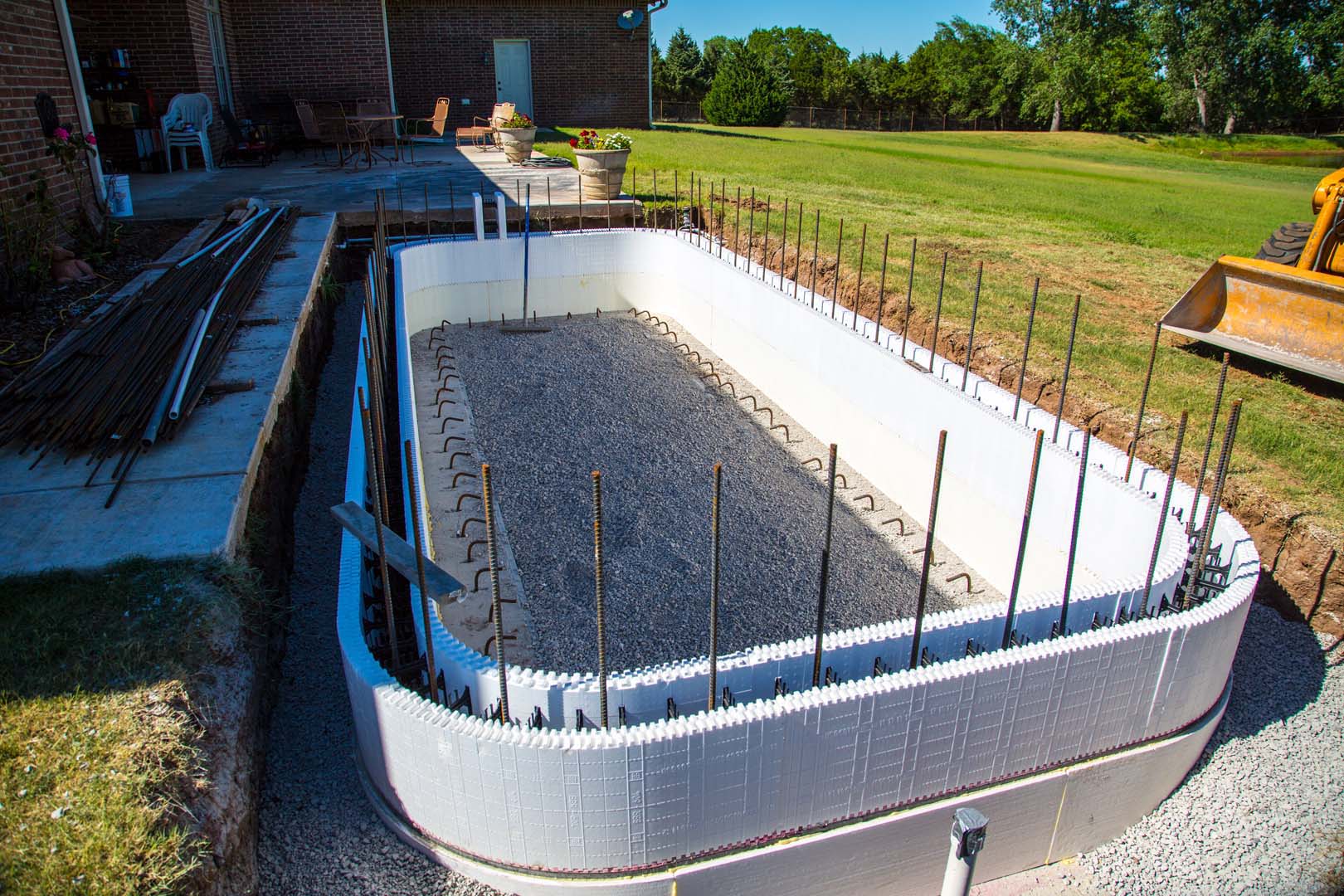The Ultimate Guide to Waterproofing: Protecting Your Home and Business From Water Damage
Water damage can be a costly and stressful problem for homeowners and business owners alike. From leaks and floods to dampness and mold growth, water can wreak havoc on our properties if we don't take the necessary steps to protect them. That's where waterproofing comes in. Whether you're looking to safeguard your humble abode or your bustling commercial space, understanding the ins and outs of waterproofing is essential. In this comprehensive guide, we'll explore everything you need to know about waterproofing your home and business, empowering you to shield your property from the perils of water damage. So let's dive in and discover the ultimate strategies to protect what matters most.
Understanding the Importance of Waterproofing
Waterproofing is crucial for both residential and commercial spaces to protect against potential water damage. It is a proactive measure that ensures the longevity and structural integrity of any building. Without proper waterproofing, structures become vulnerable to a variety of issues caused by water intrusion. This includes damage to the foundation, walls, and even valuable belongings. Whether it's your home or business, investing in waterproofing is essential to safeguard your property.
Waterproofing is especially vital in areas that experience heavy rainfall, high humidity, or are prone to flooding. By creating a barrier against water, it prevents moisture from seeping into the building, which can lead to mold growth and the weakening of structural elements. Moreover, waterproofing acts as a protective shield against natural disasters such as storms or hurricanes, reducing the risk of significant damage.
In addition to protecting the physical integrity of a structure, waterproofing also contributes to the overall health and comfort of the occupants. By preventing water penetration, it helps maintain a dry environment, reducing the chances of respiratory issues associated with mold and mildew. Additionally, a waterproofed building is often more energy-efficient, as it minimizes heat loss and reduces the load on cooling systems.
Whether you are a homeowner or a business owner, understanding the importance of waterproofing is essential for preserving your property, ensuring a safe and healthy environment, and minimizing potential expenses related to water damage. Investing in professional waterproofing services can provide you with peace of mind, knowing that your building is well-protected against the destructive forces of water.
Types of Waterproofing Techniques
There are several techniques available for waterproofing both homes and commercial buildings. These techniques vary in their effectiveness and suitability for different types of structures and areas prone to water damage. In this section, we will explore three common methods of waterproofing.
Coating Waterproofing: Coating systems involve the application of a waterproof coating material onto the surface of walls, roofs, or basements. These coatings are typically made of polymers, such as acrylic, polyurethane, or cementitious materials. The coating forms a protective barrier that prevents water penetration and protects the underlying structure from moisture damage.
Injection Waterproofing: Injection waterproofing is often used for below-grade structures, such as basements. This technique involves injecting specialized waterproofing materials, such as epoxy or polyurethane resins, into cracks or voids in the walls or floors. The injected materials fill the gaps and create a waterproof seal, preventing water from entering the structure.

Membrane Waterproofing: Membrane systems consist of a waterproofing membrane or sheet that is applied to the exterior surface of the structure. These membranes can be made of various materials, including bitumen, PVC, or rubber. They are designed to provide a continuous waterproof barrier, effectively protecting the building from water intrusion. Membrane waterproofing is commonly used for roofs, balconies, and foundations.
By understanding these different waterproofing techniques, you can determine the most suitable option for your home or commercial building. It is important to consult with a professional waterproofing contractor to ensure proper installation and long-lasting protection against water damage.
Tips for Effective Waterproofing
Choose the right materials: When it comes to waterproofing your home or business, selecting the appropriate materials is crucial. Look for high-quality products that are specifically designed for waterproofing purposes. This could include waterproof membranes, sealants, or coatings that offer reliable protection against moisture.
Identify vulnerable areas: Before you start the waterproofing process, it's important to identify the areas that are most susceptible to water damage. Common vulnerable areas include basements, foundations, roofs, and bathroom or kitchen walls. By focusing on these areas, you can prioritize your waterproofing efforts and ensure maximum effectiveness.
Follow proper installation techniques: Proper installation plays a significant role in ensuring the success of your waterproofing efforts. Whether you are applying a waterproof membrane, sealant, or coating, make sure to follow the manufacturer's instructions carefully. This may involve cleaning and preparing the surface, priming it if necessary, and applying the waterproofing material evenly.
Remember, effective waterproofing is essential for protecting your home or business from water damage. By utilizing the right materials, identifying vulnerable areas, and following proper installation techniques, you can enhance the longevity of your property and minimize the risks associated with water infiltration.